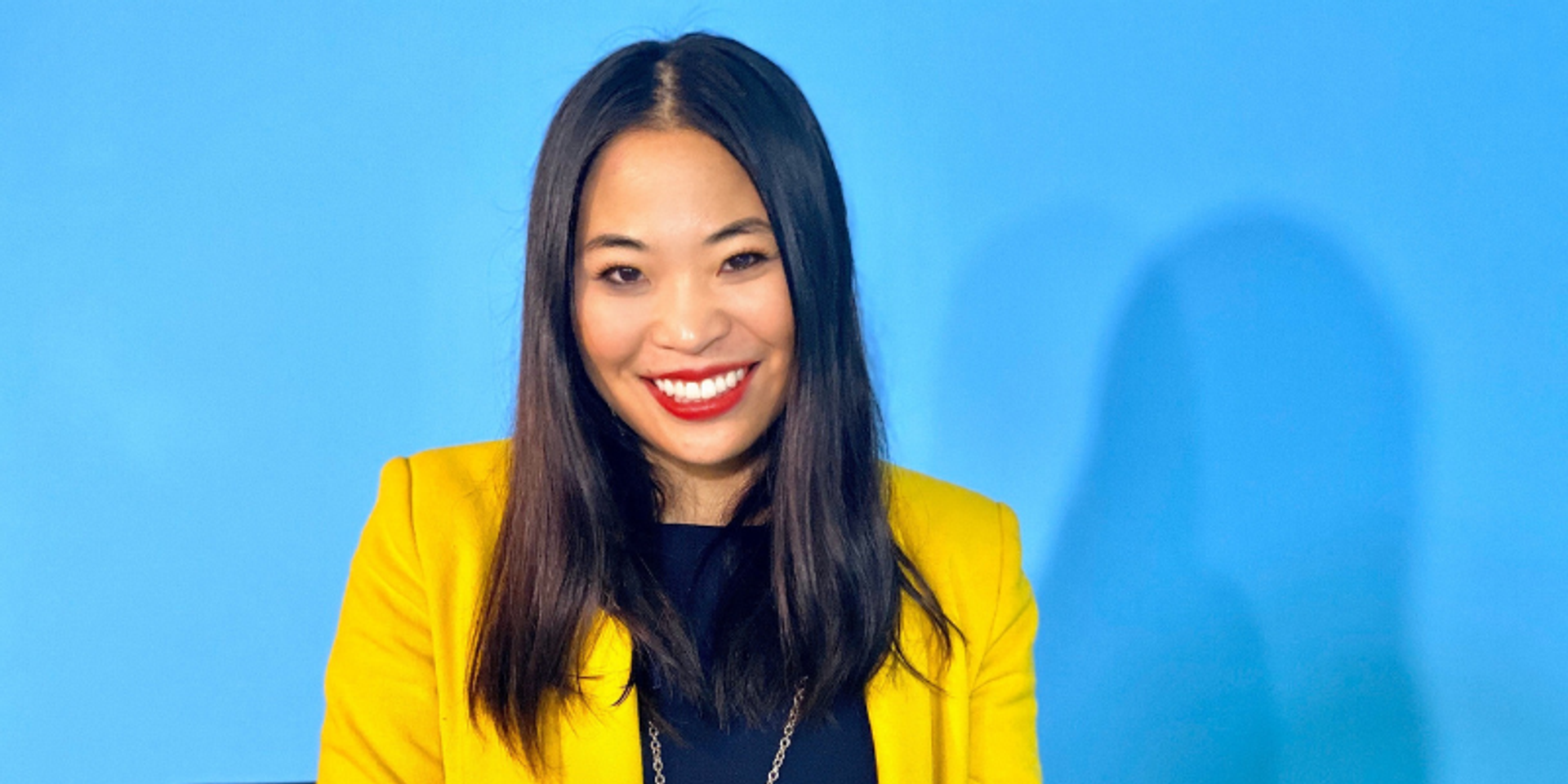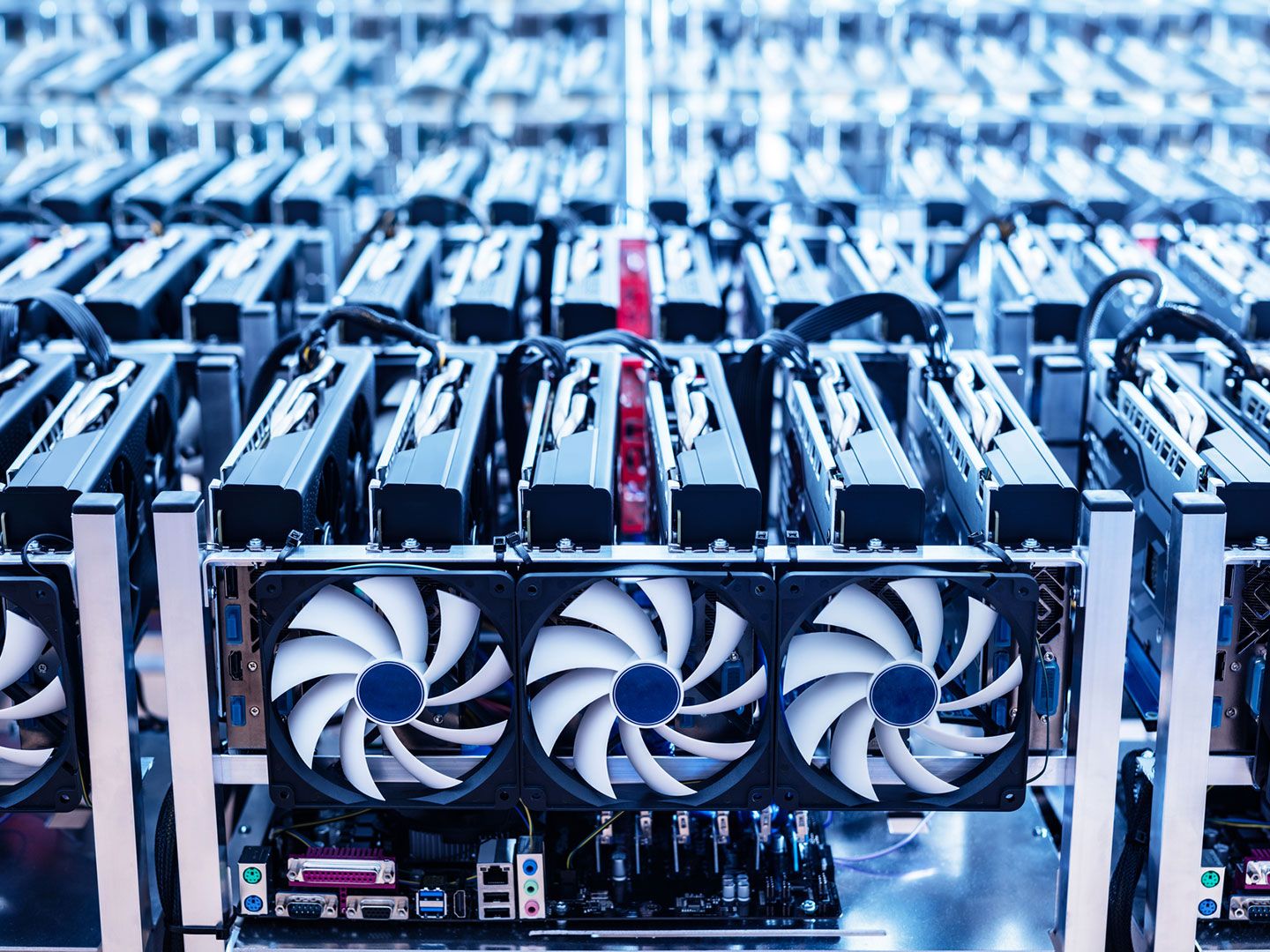Uncategorized
Filecoin’s Clara Tsao: Building an Open and Trusted Internet

Did AI write the sentence that you’re reading right now? Did AI create the photograph you just saw online? Was the shocking, controversial story that tipped an election actually real, or AI-fueled misinformation?
These are questions Clara Tsao has wrestled with for years, ranging from protecting national security (where she was the CTO of a team focused on countering homegrown extremism) to creating a better internet, where she’s co-founder of the Trust & Safety Professional Association. (She also somehow finds time to be the President of the White House Presidential Innovation Fellows and serve as Senior Advisor at Tech Against Terrorism.)
“For me, it’s always been about, how do we bring more democracy to the web, because it’s an open network that everyone should have the fundamental human right to access,” says Tsao, a Founding Officer at the Filecoin Foundation, and who will appear onstage at the AI Summit at Consensus 2025.
Tsao knows that AI, in a sense, is making all of these jobs harder. So Filecoin is focused on using blockchain to ensure digital authenticity and sniff out fakes. “AI is going to turbocharge everything that we see today, for good and for bad,” says Tsao. “And at the end of the day, I think everybody wants to know if they’re talking to an AI or to a human.”
Interview has been condensed and lightly edited for clarity.
How has AI complicated the mission for an open and trusted internet?
Clara Tsao: So one of the biggest risks with AI is, how can we tell if something is AI or bot-generated, versus something that we know might be a human in the loop. And when I was working on topics like countering foreign influence operations, how do you prove that a bad actor actually came from a country that we know might be trying to intervene with us?
Can you give an example?
There was a period, I think in 2016, when Facebook actually took down a bunch of media channels that came from Russia, because it was linked to the Internet Research Agency, which is a group that was definitely trying to push propaganda during the election. So it’s about being able to prove the source of information, and making sure that people are not falling victim to misinformation.
And fakes are getting easier and easier to create, thanks to AI…
Right. And with AI-generated images and AI-generated news, it could be easy for the very bad actors to use that technology for evil.
Can you connect the dots of how blockchain helps crack this problem?
One thing that’s great about decentralized technologies — and decentralized storage specifically — is you can actually prove how data is changed over the course of time, because we store every piece of data by hash, not by location.
So let’s say we have a data set, and we’re worried that maybe the data is being manipulated. Maybe a government is coming in and changing something so that it can fit their political agenda. There are many reasons why preserving information is more important than ever, and that’s something that we can absolutely do with Filecoin.
Who are you working with specifically?
We’ve worked with tons of amazing nonprofits over the years, like MuckRock, to make sure we can not only archive and preserve critical information, but also make sure it’s tamper-proof, make sure it’s resilient. For example, if it’s information that journalists pull from, that we can have resilient copies of it all around the world. We can also use that same technology to really prove that this journalist took a certain photo.
In certain elections, there might be disinformation about whether something actually happened or not, and you can have photographers use decentralized technologies. And we have a ton of applications of companies building on top of Filecoin today, that help verify this image was taken from this device at this point of time.
That’s really powerful in terms of not just day-to-day journalism, but also in being able to be admissible in courts. In Ukraine, there might be war photos that might be taken out of context. And we’re able to preserve a number of key photographs that can one day be admissible in international criminal courts for human rights situations.
How are you now thinking about Filecoin’s mission?
We can help verify if you’re talking to AI or a human. We can help store data at a fraction of the cost. We can make sure that data is more accurate, because most AI data-sets are built off training tons of data. And storing data is very expensive. So our goal is to make storing data affordable for everyone, and making sure that people are also pulling from as much data as possible, so AI agents aren’t only trained from a subset.
And finally, we can have a place where it’s not just monopolies being able to access tons of data. People can have a choice on where to store it, how to store it. So they’re not locked into a walled garden where they can never get out.
Love it. Thanks Clara. See you in Toronto at Consensus!
Jeff Wilser will host the AI Summit at Consensus 2025, and is host of The People’s AI: The Decentralized AI Podcast.
Uncategorized
Tether’s $770M XAUT Backed by 7.7 Tons of Gold in Swiss Vault, Says Company

Tether’s gold-backed stablecoin, Tether Gold (XAUT), reached a $770 million market capitalization as of April 28, according to the company’s first attestation under El Salvador’s financial regulations.
«While central banks are stacking up hundreds of tons of gold, XAUt is set to become the standard tokenized gold product for the people and institutions,» Tether CEO Paolo Ardoino posted on X.
The token is backed 1:1 by 246,523.33 ounces — over 7.7 tons — of physical gold stored in a dedicated Swiss vault, said Tether.
Each XAUT token represents one troy ounce of LBMA-certified gold. Tether said it applies strict controls, including gold bar verification and periodic audits, to maintain trust in the token’s backing.
The attestation comes at a time when global investors are increasingly turning to gold as a hedge against economic instability and rising geopolitical risks.
Central banks, particularly across BRICS nations, have been buying gold at record levels, accumulating over 1,044 metric tons in 2024 alone, according to the World Gold Council.
The yellow metal has touched numerous record highs in 2025 amid an ongoing rally that’s seen its price gain about 27% year-to-date. It’s currently trading at $3,343 per ounce, having more than doubled since November 2022.
Tether emphasized that unlike other tokenized gold products, XAUT is physically backed and regulated, positioning it as a safer option for users wary of «paper gold» exposure.
Disclaimer: Parts of this article were generated with the assistance from AI tools and reviewed by our editorial team to ensure accuracy and adherence to our standards. For more information, see CoinDesk’s full AI Policy.
Uncategorized
Bitcoin Miner 1Q Results May Disappoint as Hashprice Fell, Tariffs Hit: CoinShares

Bitcoin (BTC) miners’ first-quarter results may disappoint because the hashprice, a measure of daily mining profitability, fell further and trade tariffs weighed on the market, asset manager CoinShares (CS) said in a blog post on Friday.
«Q2 results may show deterioration, as tariffs on imported mining rigs range from 24% (Malaysia) to 54% (China),» analysts led by James Butterfill wrote.
Bitcoin miners that are dependent on older or less-efficient rigs are faced with higher exposure to these tariffs, the report said.
Core Scientific (CORZ) is «better insulated, as it transitions to HPC,» the authors wrote, adding that Bitdeer (BTDR), which makes its own rigs, could see margin pressure on sales outside the U.S.
The asset manager predicts that the Bitcoin network hashrate could reach 1 zettahash per second (ZH/s) by July and 2 ZH/s by early 2027.
The hashprice outlook is not as positive.
The asset manager’s model indicates «a gradual structural decline, with prices likely to remain range-bound between $35 and $50 per PH/day through to the 2028 halving cycle.»
Tariffs and trade tensions could be positive for bitcoin adoption in the medium term, asset manager Grayscale said in a research report earlier this month.
Read more: Bitcoin Miners With HPC Exposure Underperformed in First Two Weeks of April: JPMorgan
Uncategorized
Mastercard Unveils End-to-End Stablecoin Capabilities, Will Launch Card With OKX

Mastercard is moving deeper into the digital asset economy by launching new global capabilities to support stablecoin payments across its vast merchant network, the company announced Monday.
The payments giant is working with crypto exchange OKX to roll out the «OKX Card,» aimed at linking crypto trading and Web3 activities with everyday spending. Meanwhile, merchants will soon be able to settle transactions directly in stablecoins such as Circle’s USDC, thanks to collaborations with Nuvei and Circle. Paxos will help extend this functionality to other supported stablecoins like USDP.
“When it comes to blockchain and digital assets, the benefits for mainstream use cases are clear,” Jorn Lambert, chief product officer at Mastercard, said in a statement. “To realize its potential, we need to make it as easy for merchants to receive stablecoin payments and for consumers to use them. We believe in the potential of stablecoins to streamline payments and commerce across the value chain. Unlocking this is core to how we navigate the rapidly changing world, giving people and businesses the freedom they want by providing the choices they deserve,” he said.
Stablecoins, which are cryptocurrencies pegged to stable assets like the U.S. dollar, have been gradually moving beyond trading venues into mainstream payments.
Mastercard’s initiative covers the full range of stablecoin use cases, from wallet enablement and card issuance to merchant settlement and on-chain remittances. The company has previously partnered with crypto exchanges like Kraken, Binance and Crypto.com to allow users to pay with stablecoins via traditional cards.
Last year, it rolled out Mastercard Crypto Credential, a service designed to simplify sending digital assets across borders using verified usernames rather than complex wallet addresses.
In 2023, Mastercard launched its Multi-Token Network (MTN) which is being leveraged to facilitate real-time settlements and redemptions of tokenized assets.
Ondo Finance, in February, became the first provider to bring real-world assets to the network.
Disclaimer: Parts of this article were generated with the assistance from AI tools and reviewed by our editorial team to ensure accuracy and adherence to our standards. For more information, see CoinDesk’s full AI Policy.
-

 Fashion6 месяцев ago
Fashion6 месяцев agoThese \’90s fashion trends are making a comeback in 2017
-

 Entertainment6 месяцев ago
Entertainment6 месяцев agoThe final 6 \’Game of Thrones\’ episodes might feel like a full season
-

 Fashion6 месяцев ago
Fashion6 месяцев agoAccording to Dior Couture, this taboo fashion accessory is back
-

 Entertainment6 месяцев ago
Entertainment6 месяцев agoThe old and New Edition cast comes together to perform
-

 Business6 месяцев ago
Business6 месяцев agoUber and Lyft are finally available in all of New York State
-

 Sports6 месяцев ago
Sports6 месяцев agoPhillies\’ Aaron Altherr makes mind-boggling barehanded play
-

 Entertainment6 месяцев ago
Entertainment6 месяцев agoDisney\’s live-action Aladdin finally finds its stars
-

 Sports6 месяцев ago
Sports6 месяцев agoSteph Curry finally got the contract he deserves from the Warriors





